Lot details By Takase Eiju (1775-1800), signed Takase Eiju 高瀬栄壽 with kakihan Japan, late 18th-early 19th century, Edo period (1615-1868) Bearing a superb shakudo-nanako ground, the kashira decorated with a descending falcon and bamboo in gold takazogan, the shitodome ringed in gold. The fuchi with three egrets in flight in gold and silver takazogan, signed TAKASE EIJU and with kakihan. LENGTH 3.8 cm WEIGHT 46.1 g Condition: Very good condition, minor wear. Provenance: British collection. Takase Eiju is listed on page 115, H 00436.0 in THE INDEX OF JAPANESE SWORD FITTINGS AND ASSOCIATED ARTISTS by Robert E. Haynes. The artist lived in Mito, Hitachi province, was a member of the Takase school and studied under the first Taizan Motozane. Falconry (takagari) was introduced to Japan from China in the 4th century. Hunting with hawks and falcons is mentioned in the Kojiki (712). In the Heian period (794-1185), the sport of falconry was practiced by emperors and their courtiers. By the Kamakura period (1185-1333), samurai clans had established various schools, methods and traditions of hunting with falcons and hawks. By the Edo period (1615-1868), falconry was officially patronized by the shogunate and the position of master of falconry was established in the shogunate bureaucracy. This sword fitting set was likely intended for a falconer. Literature comparison: Compare a related kashira with Horses by Takase Eiju, in the Walters Art Museum, accession number 51.906.
Lot details By Takase Eiju (1775-1800), signed Takase Eiju 高瀬栄壽 with kakihan Japan, late 18th-early 19th century, Edo period (1615-1868) Bearing a superb shakudo-nanako ground, the kashira decorated with a descending falcon and bamboo in gold takazogan, the shitodome ringed in gold. The fuchi with three egrets in flight in gold and silver takazogan, signed TAKASE EIJU and with kakihan. LENGTH 3.8 cm WEIGHT 46.1 g Condition: Very good condition, minor wear. Provenance: British collection. Takase Eiju is listed on page 115, H 00436.0 in THE INDEX OF JAPANESE SWORD FITTINGS AND ASSOCIATED ARTISTS by Robert E. Haynes. The artist lived in Mito, Hitachi province, was a member of the Takase school and studied under the first Taizan Motozane. Falconry (takagari) was introduced to Japan from China in the 4th century. Hunting with hawks and falcons is mentioned in the Kojiki (712). In the Heian period (794-1185), the sport of falconry was practiced by emperors and their courtiers. By the Kamakura period (1185-1333), samurai clans had established various schools, methods and traditions of hunting with falcons and hawks. By the Edo period (1615-1868), falconry was officially patronized by the shogunate and the position of master of falconry was established in the shogunate bureaucracy. This sword fitting set was likely intended for a falconer. Literature comparison: Compare a related kashira with Horses by Takase Eiju, in the Walters Art Museum, accession number 51.906.
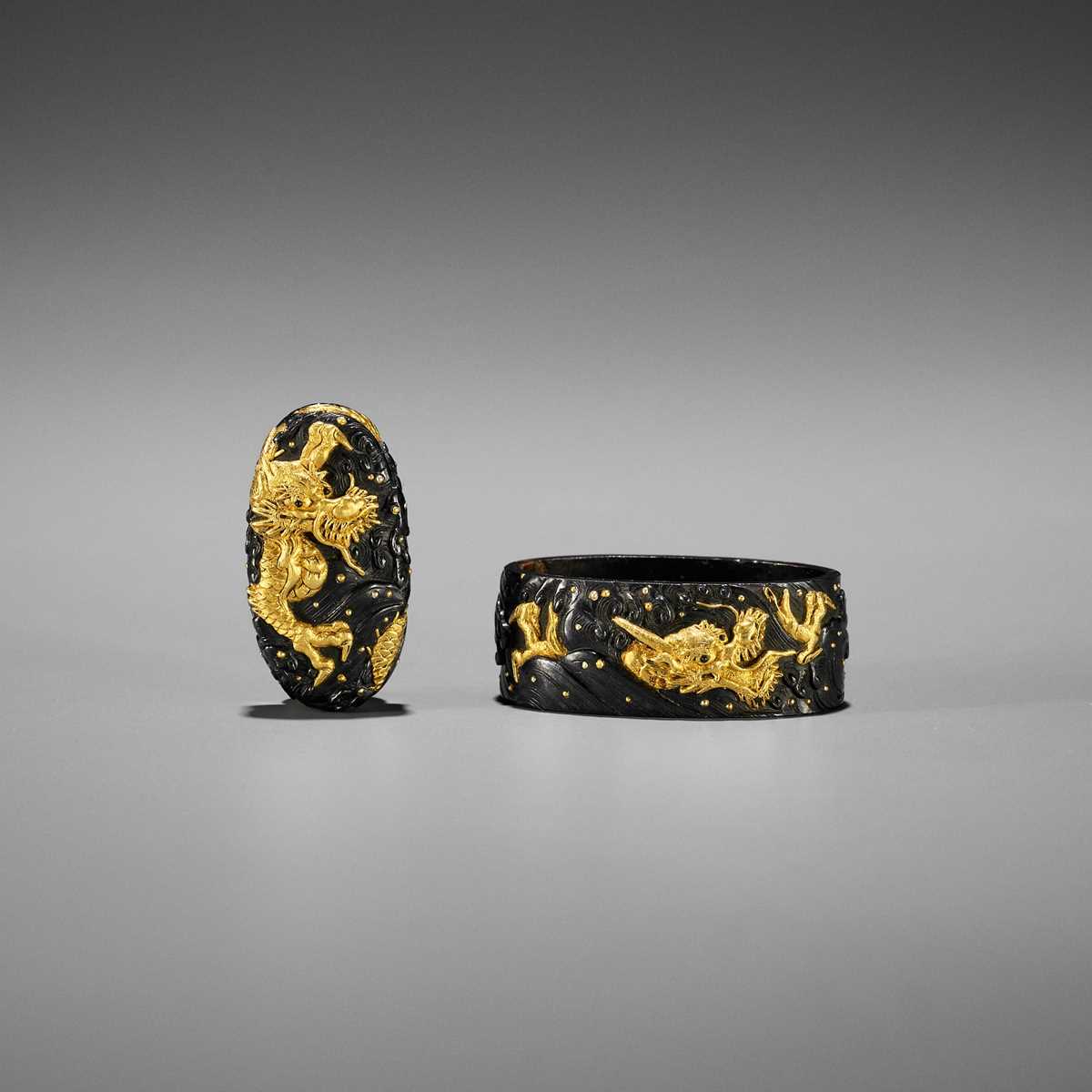
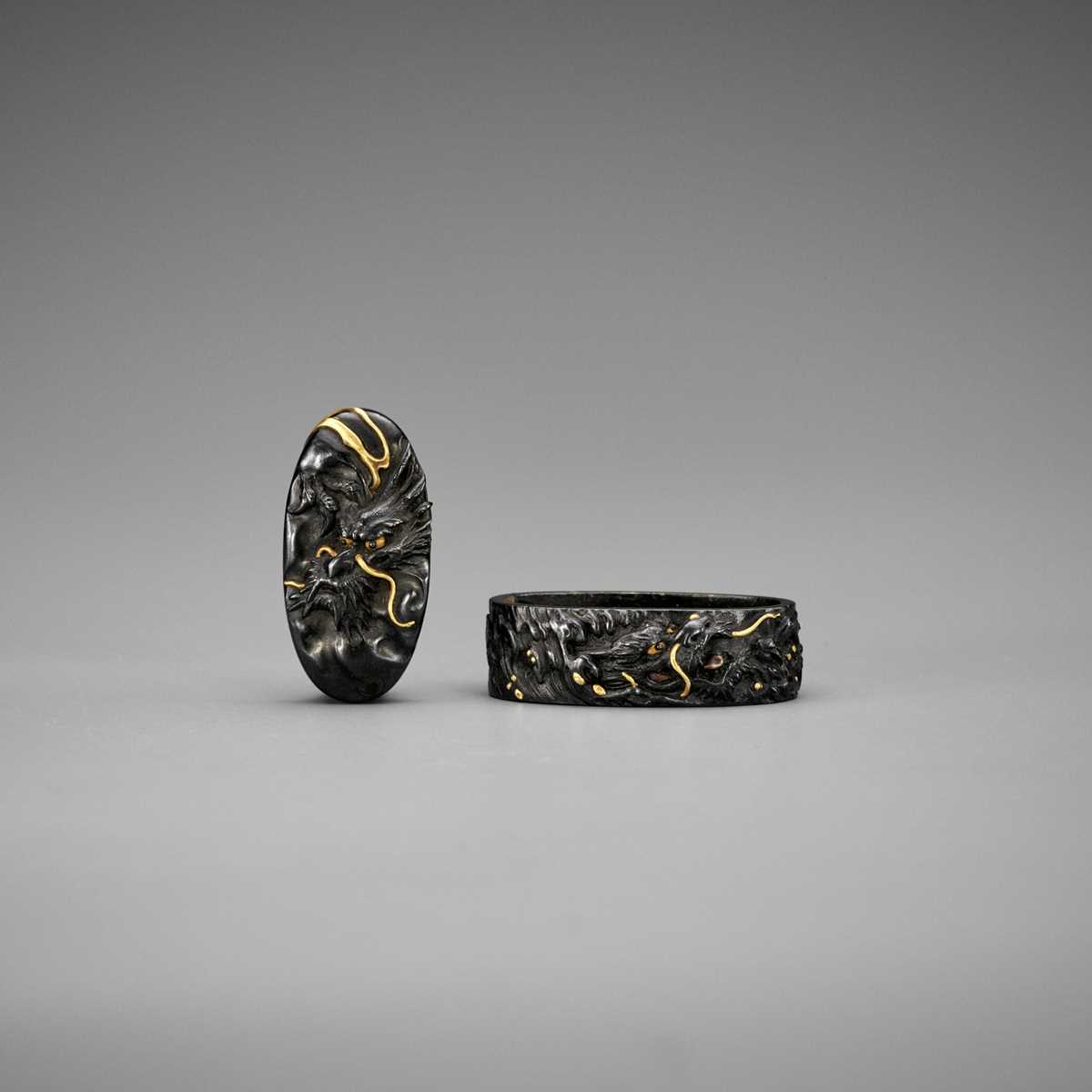
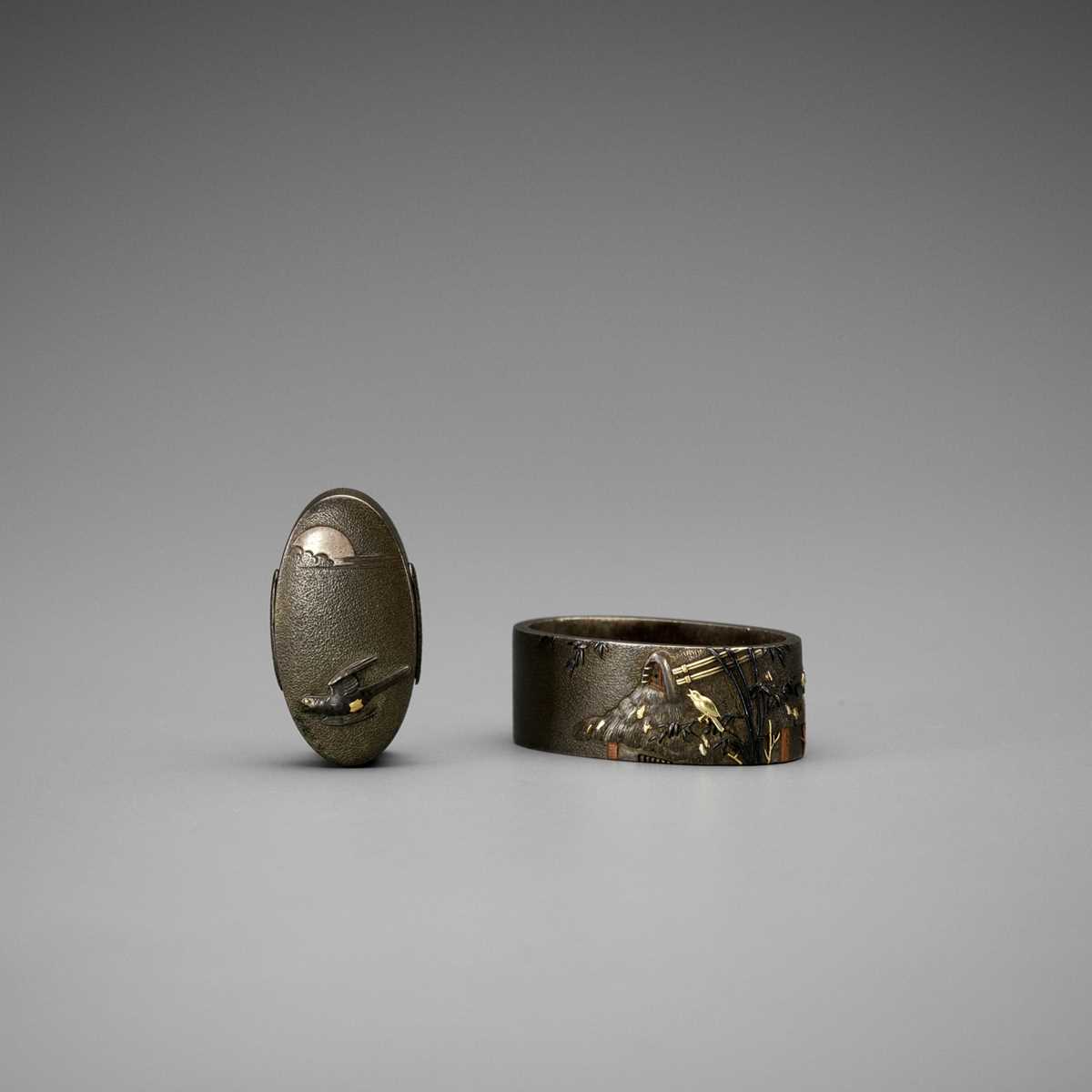
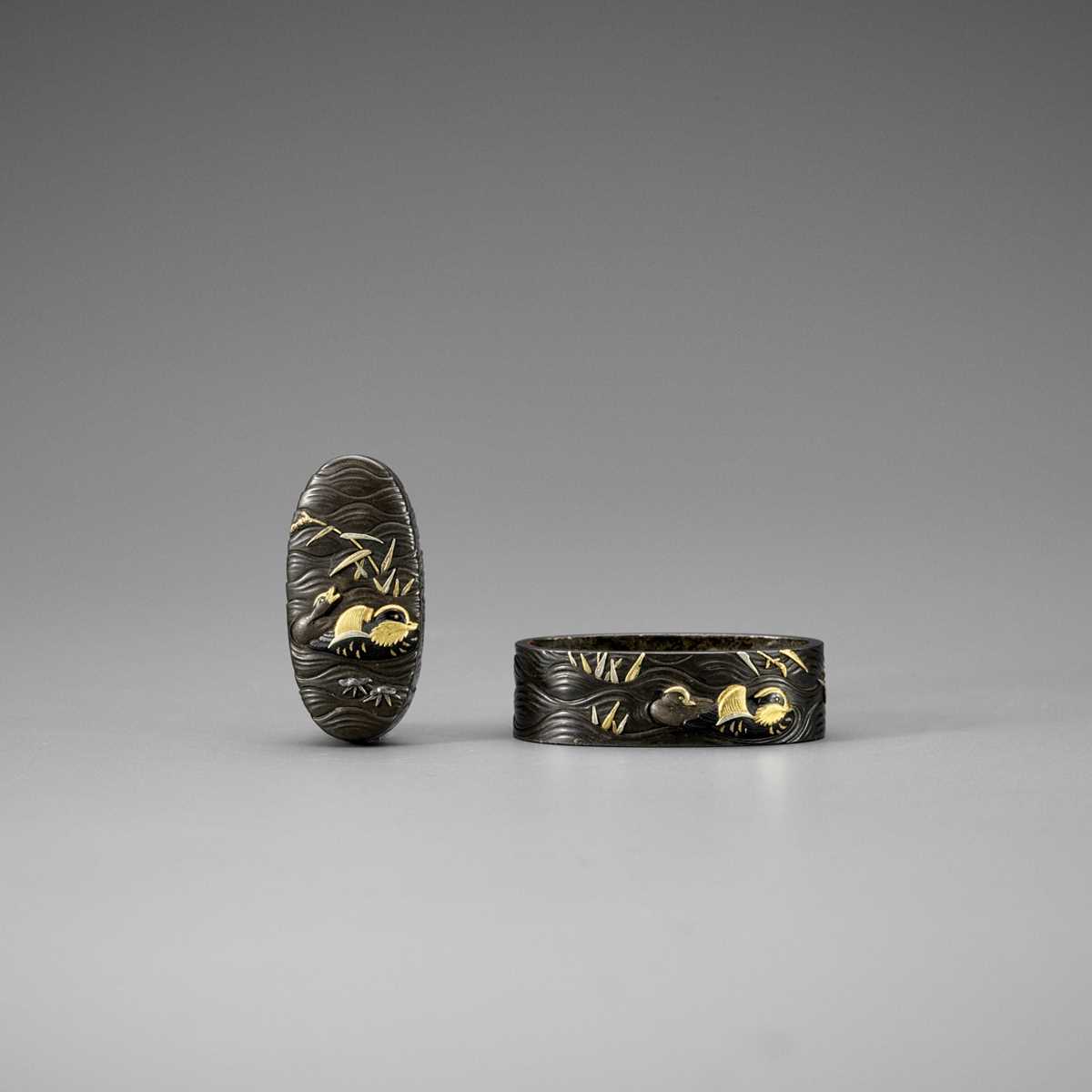



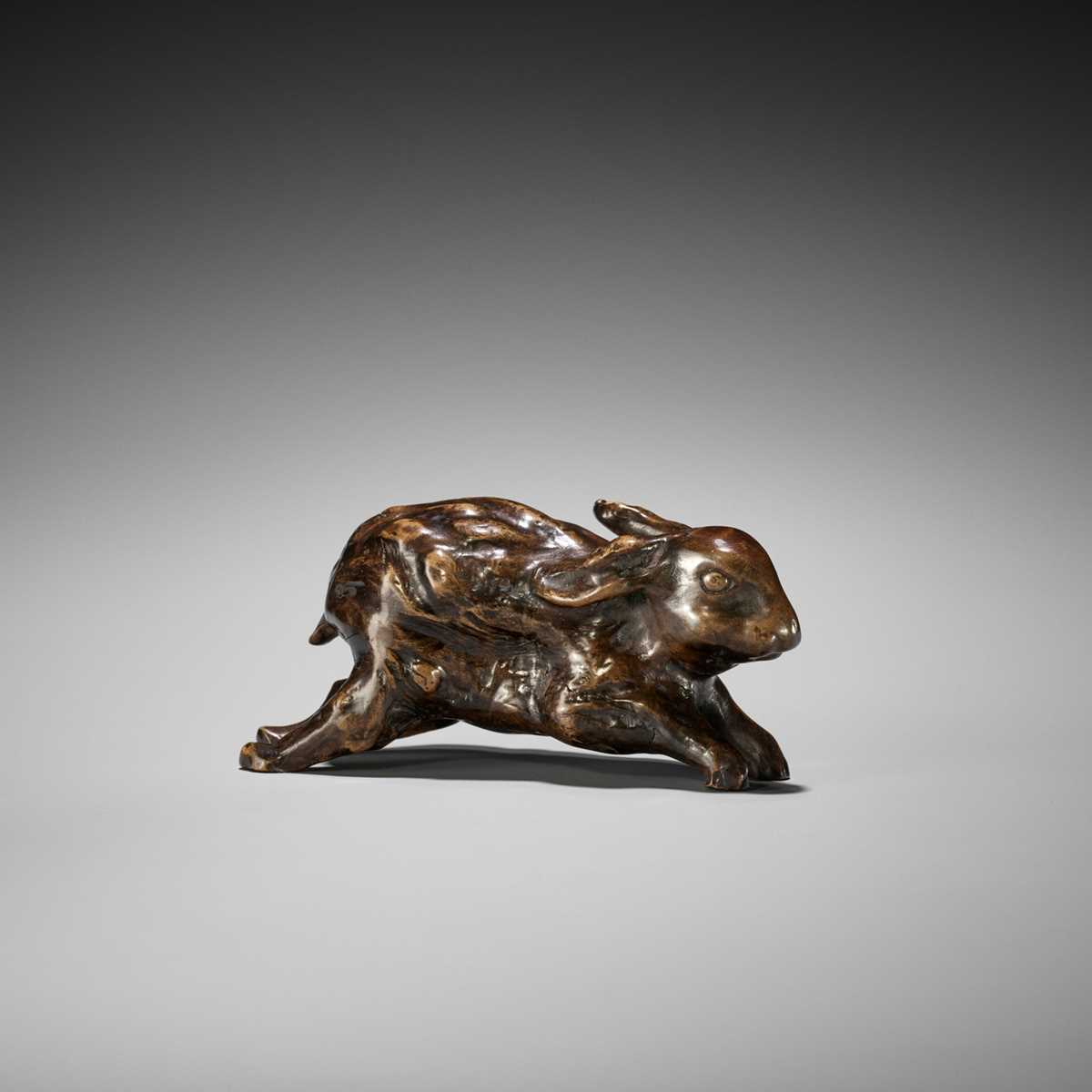

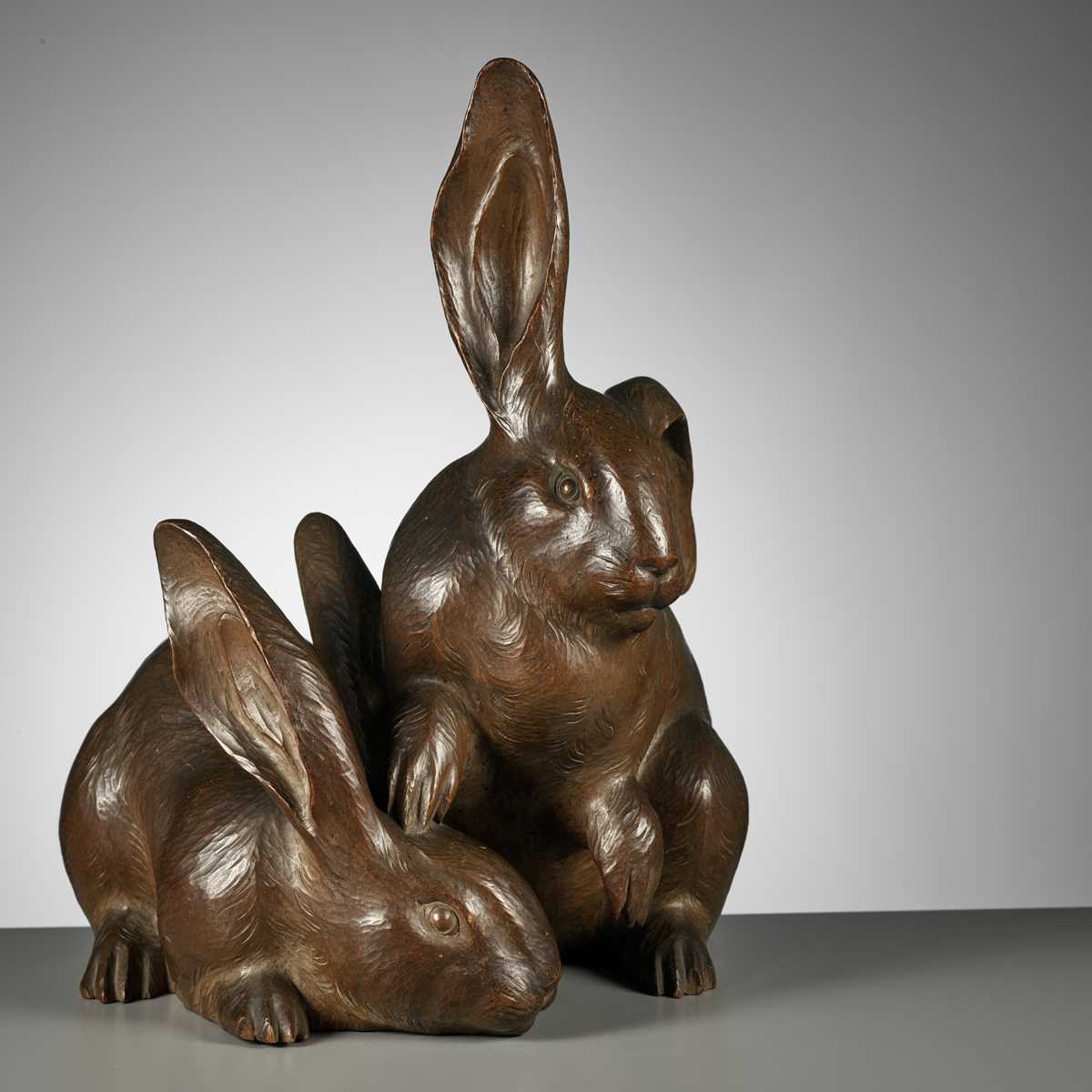
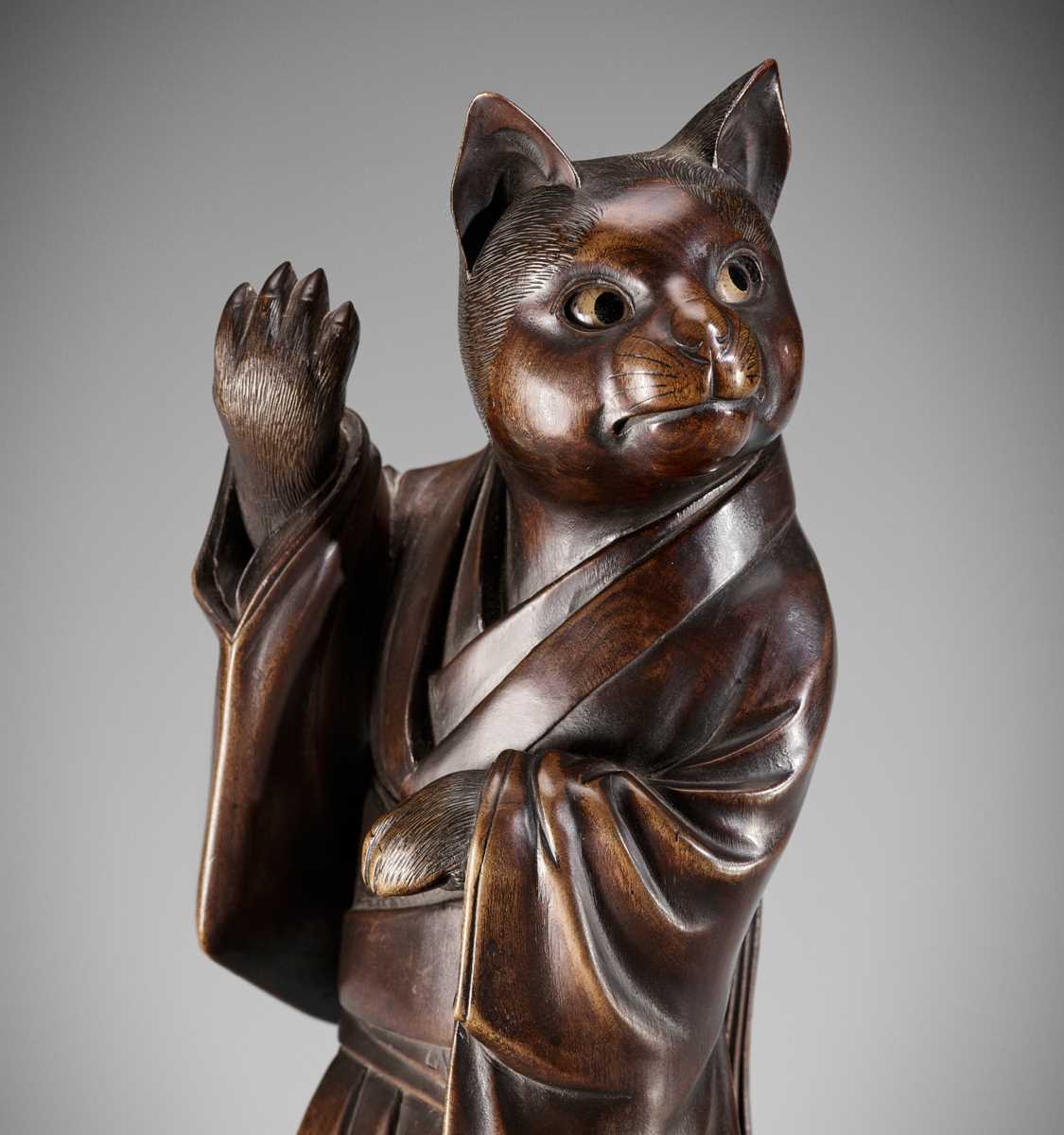
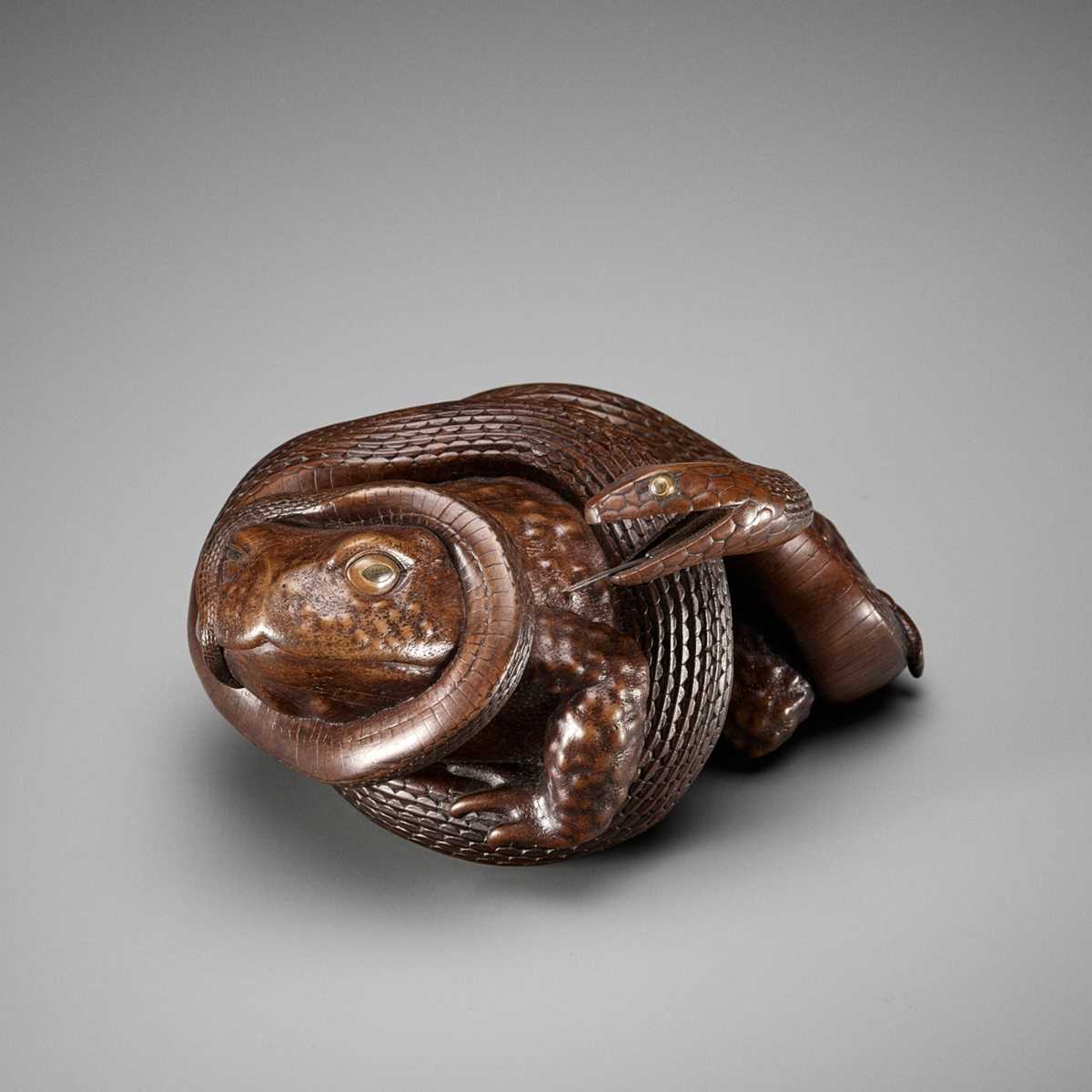
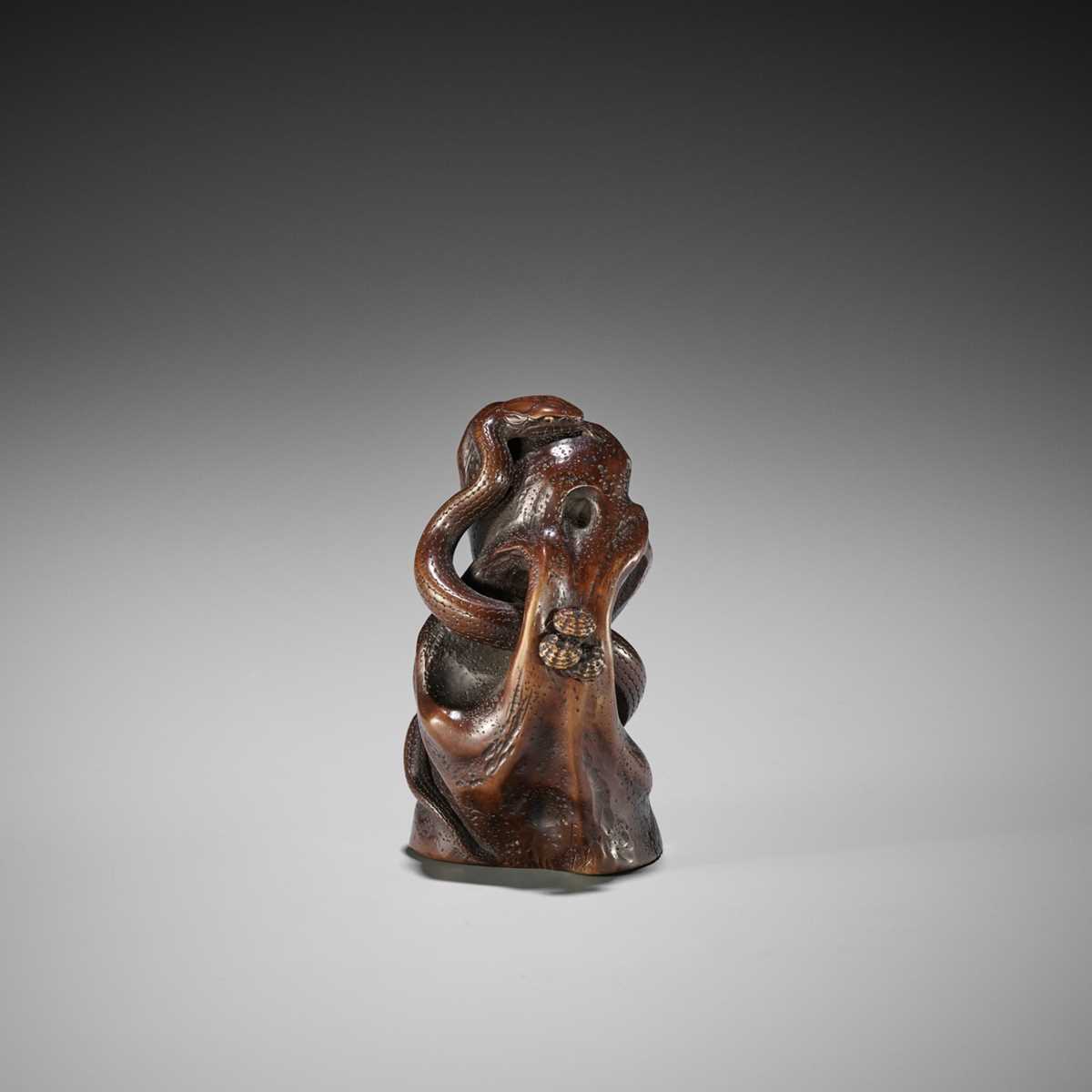
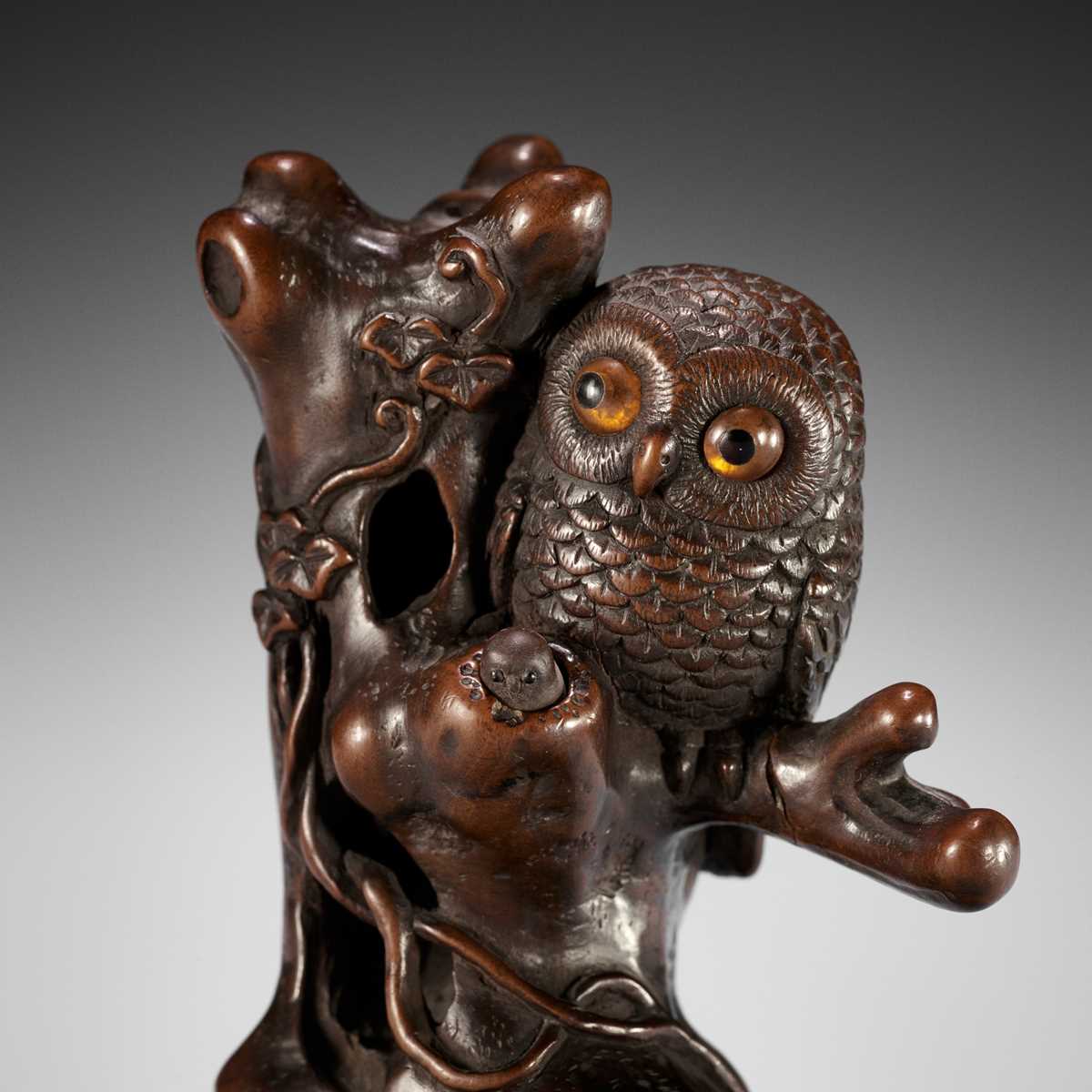

Testen Sie LotSearch und seine Premium-Features 7 Tage - ohne Kosten!
Lassen Sie sich automatisch über neue Objekte in kommenden Auktionen benachrichtigen.
Suchauftrag anlegen